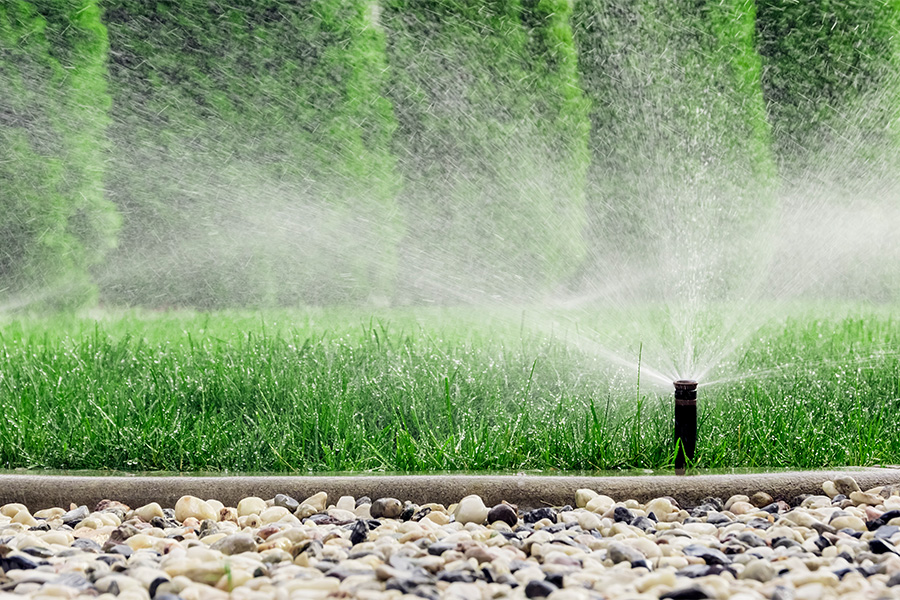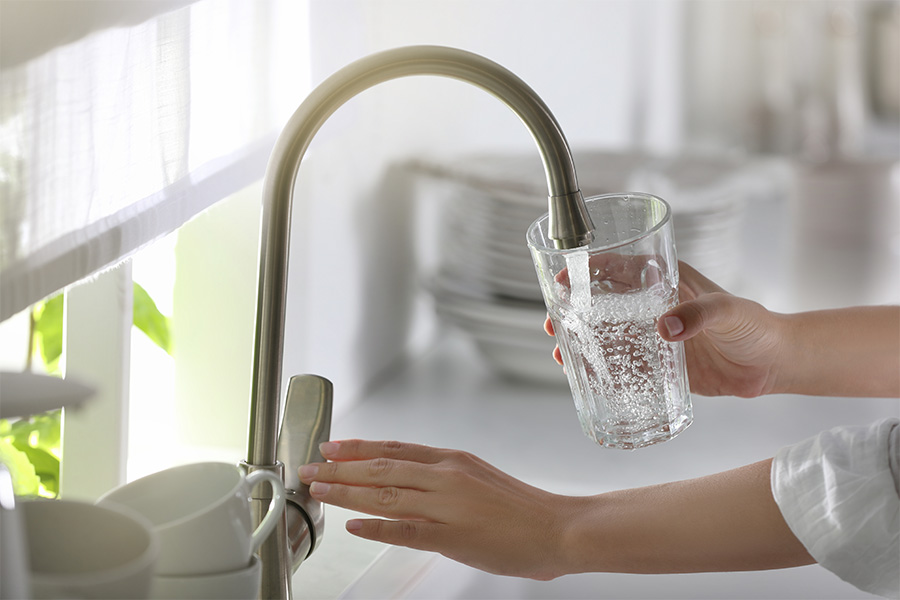Crop and Soil Sciences
-

A study was conducted in order to investigate the incorporation of dehumidification into the curing cycle of flue-cured tobacco. Multiple cures of cultivar K326 flue-cured tobacco were made over three harvesting seasons. Tobacco from the same source and stalk position was cured in a barn coupled to a heat-pump-dehumidifier and, for comparison, in a conventional barn heated with an open flame propane furnace. In the heatpump barn, dehumidification was applied during the lamina and stem drying phases, but not during the coloring and color-drying transition phases of the curing cycle. During successive cures of each season, modifications were made in the operation of the heatpump barn in order to improve performance. A procedure for curing with dehumidification was developed. Dehumidification was found to automatically raise temperature and reduce humidity, causing a set in lamina color. Tobacco cured in the heat-pump barn was found to have at least comparable quality with that cured in the conventional barn as determined by standard chemical analyses and USDA grade. There was a significant reduction of Tobacco Specific Nitrosamines (TSNA) in the tobacco cured in the heatpump barn as compared with tobacco conventionally cured. A short burst of high temperature heat was effective in finalizing stem drying in the heat-pump barn. Dehumidification constituted only 26.8 percent of the total energy use in the heat-pump barn.
Paul E. Sumner, J.Michael Moore, Michael G. Stephenson, and Bryan W. Maw
|
-

This report provides research and extension results for trials conducted by the University of Georgia Vegetable Team and its collaborators in 2022. Contributing authors include county and regional faculty as well as specialists from UGA’s horticulture, plant pathology, crop and soil sciences, and entomology departments. All research has been supported by the Georgia Commodity Commission for Vegetables.
Timothy Coolong and Ted McAvoy
|
-

Selecting a qualified irrigation contractor is very important. There are many irrigation products available and the installation process requires skill, knowledge and equipment. This publication outlines general considerations for purchasers of a landscape irrigation system. It also underscores the importance of considering the cost of water when selecting a contractor and protecting desirable trees during the installation process.
Gary L. Hawkins
|
-

C 858-12
Arsenic in Your Water
Arsenic in your drinking water poses a threat to your health. Since private systems are more susceptible to arsenic than public water systems, private well owners should take steps to guard their health. Measures include routine water supply testing and wellhead maintenance and protection.
David E. Kissel Ph.D, Uttam K. Saha, and Leticia S Sonon
|
-

Frost protection systems tremendously benefit commercial blueberry production in Georgia. These systems are expensive and usually configured as overhead irrigation systems. For the system to provide protection, it must operate as soon as it’s needed. The best practice for maintaining a frost protection system is to perform preventative maintenance service every late fall or early winter. This publication offers blueberry growers suggestions on how to prepare their frost protection systems for future operation. Recommendations include a check-off list for maintenance and inspection of overhead irrigation systems, important considerations when preparing for freeze events.
James L. Jacobs, Wesley Porter, Jason Mallard, and David Hall
|
-

This publication explains how to identify and remove hydrogen sulfide and sulfate from household water.
David E. Kissel Ph.D, Pamela R. Turner, Uttam K. Saha, Jake Mowrer, and Leticia S Sonon
|
-

This publication discusses the proper calibration methods sprayers and other liquid applicators.
Paul E. Sumner, Gary L. Hawkins, and Michael J Bader
|
-

C 858-11
Iron and Manganese
Elevated levels of iron (Fe) and manganese (Mn) are two of the most common water quality problems in Georgia’s groundwater. This circular addresses problems associated with high levels of these two elements, levels considered to be a problem, and treatment options to remove the iron or manganese.
Pamela R. Turner, Uttam K. Saha, Rick Smith, Jake Mowrer, and Leticia S Sonon
|
-

Bermudagrass leafspot is a disease that decreases yields, nutritive value and palatability. This publication discusses leafspot diagnosis and management in bermudagrass.
Alfredo Martinez and John G Andrae
|